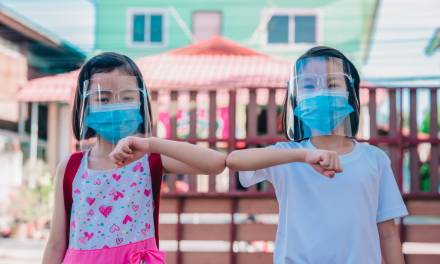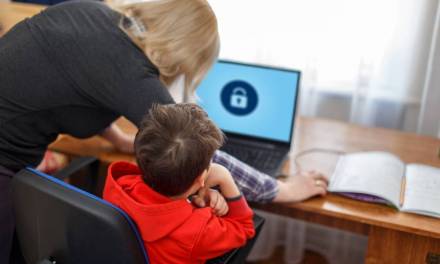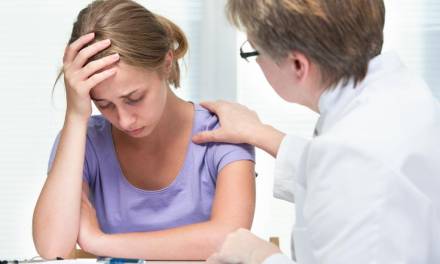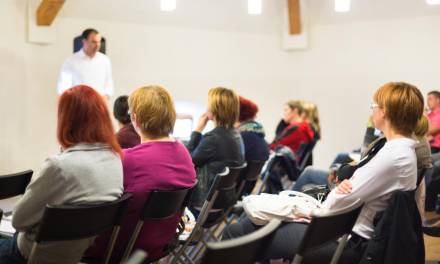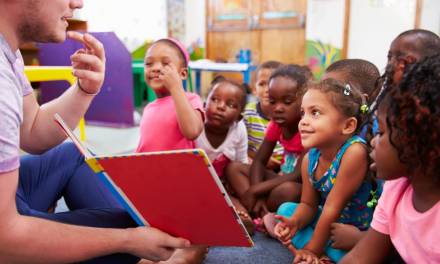The Government has issued new guidance for schools allowing social distancing with students and staff.
Schools returned full-time from the start on the autumn term – under strict instruction from the Government for this not to be on a rota basis.
This blog post explains the new guidance for schools.
Review of the risks
Health and Safety law has been adapted for autumn school, with schools required to take essential measures including:
- Requiring people who are ill stay at home
- Robust hand and respiratory hygiene
- Enhanced cleaning arrangements
- Active engagement with NHS Track and Trace
- Formal consideration of how to reduce contacts and maximise distancing between those in school wherever possible and minimise the potential for contamination so far as is reasonably practical
School must implement the following systems of control:
Prevention
- Minimise contact with individuals who are unwell by ensuring that those who have coronavirus (Covid-19) symptoms, or who have someone in their household who does, do not attend school.
- Where recommended, use of face coverings in schools.
- Clean hands thoroughly, more often than usual.
- Ensure good respiratory hygiene by promoting the ‘catch it, bin it, kill it’ approach.
- Introduce enhanced cleaning, including cleaning frequently touched surfaces often, using standard products such as detergents and bleach.
- Minimise contact between individuals and maintain social distancing wherever possible.
- Where necessary, wear appropriate personal protective equipment (PPE)
Ensuring social distancing through minimising contact
Schools should minimise contact with individuals who are unwell by ensuring anybody associated with the school who is showing coronavirus symptoms – or has someone in their household that does – does not attend school.
All potential visitors to the school, staff and pupils who have tested positive in the last 10 days must not attend.
Anyone developing symptoms must be sent home to drive down the transmission rate.
If anyone in the school becomes unwell with a new and persistent cough or high temperature, or has a loss of or change in, their normal sense of taste or smell (anosmia), they must be sent home and advised to follow guidance for households with possible or confirmed coronavirus infection, which sets out that they should self-isolate for at least 10 days and should arrange to have a test to see if they have coronavirus.
If they have tested positive whilst not experiencing symptoms but develop symptoms during the isolation period, they should restart the 10-day isolation period from the day they develop symptoms. Other members of the household should self-isolate for 14 days from when the symptomatic person first had symptoms.
Children awaiting collection
If a child is awaiting collection, they should be moved, if possible, to a room where they can be isolated behind a closed door, depending on the age and needs of the child, with appropriate adult supervision if required. Ideally, a window should be opened for ventilation. If it is not possible to isolate them, move them to an area which is at least 2 metres away from other people.
PPE must be worn by staff caring for the child while they await collection if a distance of 2 metres cannot be maintained.
Use of face coverings in schools
The Government is not recommending universal use of face coverings in all schools.
Schools that teach children in year 7 and above which are not under local restriction measures will have the discretion to require face coverings for pupils, staff and visitors in areas outside the classroom where social distancing cannot easily be maintained (examples, corridors and communal areas).
Providing symptoms of control and consistent bubbles are in operation, face coverings will not be necessary in the classroom even where social distancing is not possible. According to Government guidance, face coverings would have a negative impact on teaching and their use in the classroom should be avoided.
In primary schools where social distancing is not possible in areas outside of classrooms between members of staff or visitors, headteachers have the discretion to decide whether to ask staff or visitors to wear, or agree to them wearing face coverings in these circumstances.
The areas where local lockdowns or restrictions are in place, the rules are different.
Face coverings should be worn by adults and pupils (in years 7 and above) in areas outside classrooms when moving around communal areas where social distancing is difficult to maintain such as corridors.
In the event of new local restrictions being imposed, schools will need to communicate as soon as possible that the new arrangements require the use of face coverings in certain circumstances.
Minimising contact between individuals
Government guidance states that: Schools must do everything possible to minimise contacts and mixing while delivering a broad and balanced curriculum.
The overarching principle to apply is reducing the number of contacts between children and staff. This can be achieved through keeping groups separate (in ‘bubbles’) and through maintaining the distance between individuals.
Consistent groups reduce the risk of transmission by limited the number of pupils and staff in contact with each other to only those within the group.
Small groups have been used throughout the summer term in recognition that children (particularly younger children) cannot social distance from staff and others. By implementing these bubbles it makes it quicker and easier in the event of a positive case to identify those who need to self-isolate.
Challenges for schools are presented in areas such as playgrounds, boarding houses, dining halls, and toilets and provision of specialist training.
The guidance states:
In this guidance for the autumn term, maintaining consistent groups remains important, but given the decrease in the prevalence of coronavirus (Covid-19) and the resumption of the full range of curriculum subjects, schools may need to change the emphasis of bubbles within their system of controls and increase the size of these groups.
Read more: teaching your students live from anywhere
How EDClass can help with social distancing
EDClass can help support social distancing.
Students self-isolating can receive an education even if they are unable to access the school building. 11,000+ lessons provide students with in-depth knowledge in a wide range of subjects.
The system is ideal for student catch up – a tailored learning pathway and sophisticated tracking system means you can set specific lessons to students and monitor their progress.
It also means you can reduce the number of students in your classroom – make announcements and host virtual classroom lessons.
EDClass takes safeguarding as priority, with features including alert mechanisms, questionnaires, instant chat and eyes-on learning. Any issues identified by our enhanced DBS trained staff will be sent to the school and other authorities.
Find out more by calling 01909 568 338.

